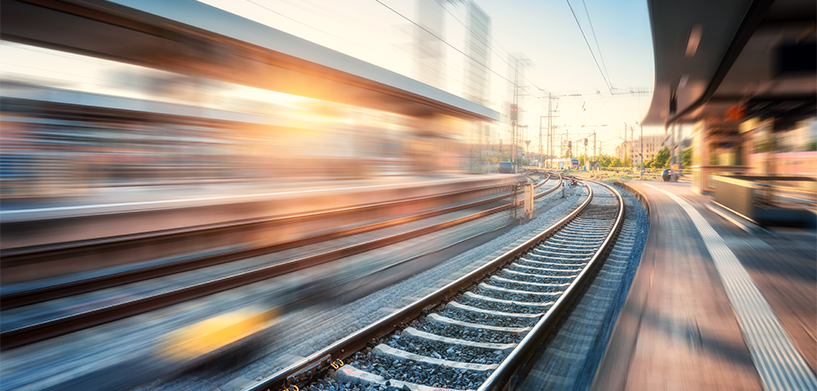The rail industry has fallen short in the pursuit of digital transformation, although, this deficit is not due to unwillingness, but rather the complexities that come with the industry. Railways carry the weight of 19th century infrastructure while needing to meet the digital standards of today and tomorrow. Passenger and freight trains are still essential for our society, and now the advancement of the industry is as well. With the optimization of rail in focus, and rail traffic expected to double by 2050, the time is now to implement digital transformation to ensure safety and dependability.
Boston Consulting Group (BCG) estimates that “digitization could reduce the operating expenses of rail operators by at least 15%,” and that “full digitization could increase capacity by as much as 20%.”
Digitization of infrastructure planning and operations is critical to reducing maintenance costs, improving service quality and reliability, maximizing the use of assets, improving environmental sustainability and increasing revenue.
The process of digital transformation in rail is vast – where should the industry begin?
To begin, using reality capture technologies enable the capture and measurement of the track environment and alleviate budget strains that may require on-site visits, as well as the manual process of walking rail lines. These technologies take distance measurements, attribute physical world objects and create entire digital twins in 3D, using high-precision imaging and laser and radar sensors.
Due to silos within organizations and between organizations, it’s difficult for the industry to share information between networks and systems. Within organizations, data is scattered, and information systems work independently of one another with little interaction. Between organizations, especially in Europe, cross-border traffic is hindered since electrified railway networks operate at different voltages, and signaling systems differ by country. Additionally, rail lines cross borders into countries with different laws, standards and languages, resulting in networks that are managed by separate operators than the one providing the transportation service and each country having its own infrastructure manager to assign trains to tracks. A collaborative workspace is instrumental to tie critical data from sensors with assessment and response tools. These tools help rail operators manage incidents, attain full situational awareness and collaborate on shared data. Users can share data and coordinate action based on diverse types of information, including infrastructure assets like rolling stock, tracks and railway signals; cameras, sensors and alarms; and rail incidents while creating a collaborative space to expand on rail organizations’ originally sourced data from existing systems.
Full life cycle enterprise asset management (EAM) is also imperative in rail. Much like other modes of transportation, infrastructure regarding software, systems and services requires intentional dedication and is a key focus for digital transformation. An EAM system can better ensure reliability, maximize the service life of equipment, and prevent unplanned downtime by automatically adjusting preventive maintenance schedules. This can help operators maximize the productivity and longevity of equipment, precisely track usage with an unlimited number of measures on a piece of equipment – minimizing inventory costs, maximizing workforce productivity and efficiently supervising inspections.
To complete the first steps of digital transformation in rail, a geospatial solution allows users to avoid data duplication and access accurate, up-to-date information anywhere and anytime. Furthermore, utilizing 3D and AI capabilities goes beyond a simple map to create a dynamic, digital twin of all rail infrastructure and assets. Combining all asset, spatial and other data that are spread across multiple systems, departments and formats into an integrated rail network information system will create a seamless and common operational picture.
Many of today’s challenges in rail could be overcome if all stakeholders had easy and timely access to relevant data to make more informed decisions and collaborate. Through digital transformation, network operators can streamline planning, design, construction, operations and maintenance; optimally leverage and deploy assets, infrastructure and their workforce; and improve network efficiency and reliability. Despite technical and infrastructure-related differences, implementing a common platform to exchange data and collaborate with internal teams and partners outside of the rail network is paramount. Shared information through digital transformation ultimately reduces standard inconsistencies and helps rail providers prevent incidents, form new partnerships and keep trains on track and on schedule.
Learn more
Ready to get on track? Find out more about Hexagon’s digital transformation solutions for rail.















